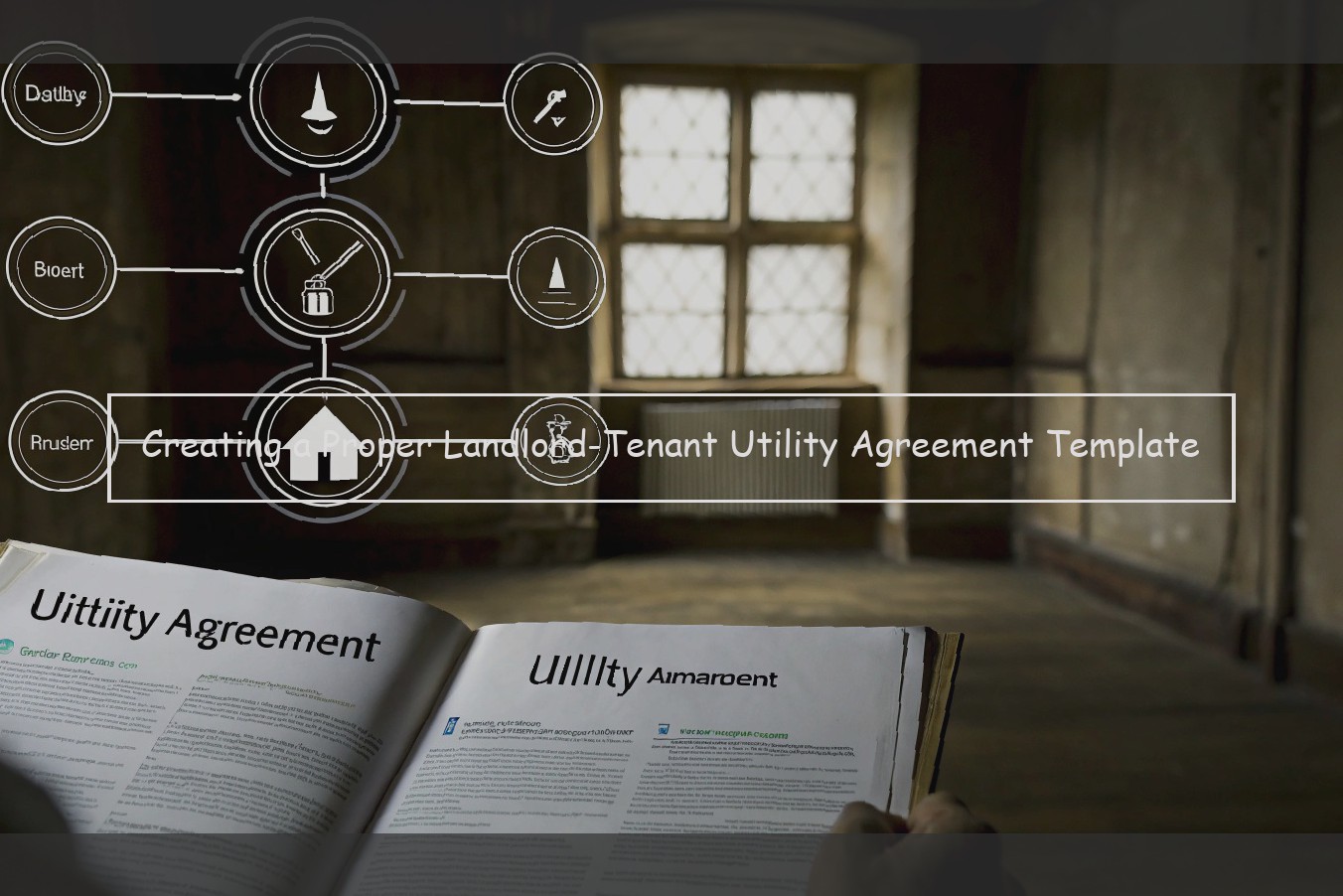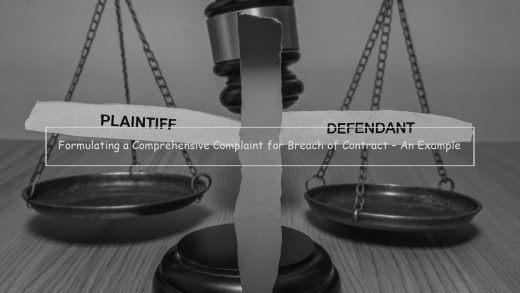
An Overview of Utility Agreements in Rental Properties
A well-written utility agreement is important because it clarifies responsibility for utilities, which can be a point of contention between landlords and tenants.
Utility agreements in rental properties are a way to clarify who is responsible for which utilities and pay for the cost of the utilities. Depending on the laws in your area, not having a utility agreement could potentially land a landlord with all of the costs for utilities, even after a tenant has vacated a unit. Utility agreements may be incorporated into a lease, or may be written separately. Incentives may be offered if the tenant agrees to have the gas or water company turn off service when a unit becomes vacated, such as a discount in rent or a gift card to a local restaurant.
Note: Because of security and identification issues, most utilities will not divulge account information to landlords. Some states no longer require landlords to receive prior approval from a tenant before contacting the utility companies about account information.
Most utility agreements and leases will specify what utilities generally are covered under the rental agreement, like water, sewer , garbage and gas. Any utility that is not expressly stated as included in the rental agreement will be the responsibility of the tenant, unless otherwise arranged in writing, and placed in the tenant’s name for payment.
It’s important to have a written utility agreement in place before a change in service to the unit. This protects the landlord from being held responsible for the cost of utilities, and helps protect the tenant from being cut off from service for non-payment.
A landlord who doesn’t follow the local laws for utility turn ons and offs could risk being forced to pay for the costs of utilities that the tenant should have been responsible for, including service fees and deposits for turning on service.
Similarly, utility companies are often required by law to give landlords several days’ notice before cutting off service, so the owner isn’t left in the lurch without gas or heat in the middle of winter. A well-written utility agreement will ensure the owner knows what to expect from the utility companies, and how long the owner has to get a current tenant to pay an overdue utility bill. Utility costs can add up quickly, especially when they are not included in the rent and the tenant does not have an incentive to conserve.
Essential Elements of a Utility Agreement
At a minimum, the utility agreement should contain at least the following key components:
- A list of the utilities that are to be provided for the premises.
- Denote whether the costs of the utility bills are to be split equally among the landlords and tenants, or apportioned by square footage.
- A statement designating which party is responsible for payment of the utility bills. If the tenants are not permitted to pay the utility companies directly, the agreement must identify the person responsible for paying the utility bills for each month, and contain an acknowledgment by that person of the agreement.
- The method for allocating costs in the event of changes to the square footage.
- A description of the procedure to modify the agreement terms.
- A provision disclaiming any intention to change the forty-five-day statute of frauds for land leases pursuant to Property Code § 5.021(1).
The Landlord-Tenant Utility Agreement Template should also be accompanied by the Landlord’s Utility Consumption Audit and Electric Usage Pattern Template, which will list the average monthly costs for utilities for the preceding thirty-six months, if available. The template will aid the property owner in preparing a good-faith estimate of the average monthly costs for each utility service within a building.
Legal Implications and Requirements
A variety of legal considerations apply to landlord-tenant utility agreements, from local and state regulations to tenant rights during the application of the agreement. While some states have enacted utility-related laws to protect tenants, other states leave their regulation of this arrangement solely to landlord-tenant laws. Still other states have additional considerations when homeowners associations are involved, such as in the following example:
Question: A condominium owner rents her unit to a tenant. Does the tenant have the right to refuse to have the home owner association bill utilities directly to the tenant?
Answer: In this situation, the tenant wants the owner to agree to have the condominium association’s managing agent bill the tenant directly for the water usage. The tenant states that the governing documents of the condominium association state that the owner is responsible to pay all utilities used in the condominium unit. In this case, the owner is correct that the tenant’s request is unreasonable and would be in violation of the governing documents, which also require the owner to pay all utilities. The owner is not required to make this exception to her responsibility to pay for the utilities. The added benefit in this situation will be to have a written tenant utility agreement naming the association as a third party beneficiary of the agreement, requiring the tenant to deal with the association, and holding the tenant directly responsible for the payment of the utilities used in the condominium unit.
The example above is fictional, but it helps illustrate how having an air-tight, textual agreement in place is essential for landlords of every type. In the case of a dispute, having a comprehensive lease that details the utility responsibilities of the landlord and tenant will minimize the potential for liability.
Modifying the Template for Specific Situations
Landlords and tenants can start with the template agreement at the beginning of this post. Then they should add unique terms at the beginning or end of the document, if needed. For example:
• Include a regulation on access to utility shut-offs and postings. If your state allows landlords access into a rental unit to post shut-off notices for utility companies, you want to make it clear in your agreement that you’ll have reasonable access to the unit to take care of this issue.
• Include language about meter maintenance. If your property has a lot of outdoor meters, the landlord may want some ling about who is responsible for maintenance.
The following items should be discussed before creating a customized landlord-tenant utility service agreement:
• Average monthly costs. Does the property typically have a high or low average utility cost? If it’s a high-cost property , then you may want a clause saying that any utility bill over $50-$100 must be documented and agreed on by both the landlord and tenant before being added to the monthly rent.
• Access for utilities. As the landlord, you want to make sure you have the right to take care of utility work during regular hours without the tenant objecting or refusing entry. You don’t want to have a tenant refuse entry to the utility company for a repair, only to have that tenant then try to use the lack of repair to get out of paying his or her utility fees.
• Flat fee agreement. Are there multiple tenants living in certain units? If the tenant is paying a flat fee and there are multiple water heaters or You may want to clarify who is responsible for what as far as maintenance, especially if the tenant is not able to get to things like the basement water heater.
Typical Concerns and Solutions
Constructor and Purpose of the Utility Agreement. The most common disputes over utility agreements are the proper construction of the language in the utility agreement. Closely related is the purpose of a particular utility agreement and its application.
Proper Construction of the Utility Agreement. In constructioningleases.com, the author discusses the need to have formal written agreements that address utility installation, service and maintenance so that the parties know their respective rights and obligations. When the utility agreement is not clear or specific enough in laying out the responsibilities of the parties, disputes are likely to arise.
Construction of a utility agreement can often be aided by use of the following maxims:
Clearly, the language used in the utility agreement is very important. Care should be taken in selecting the words and phrases. It is advisable for the landlord to consider their purpose carefully and describe their intent with the utmost clarity.
Common Issues. The following are common issues that arise in utility agreements:
Resolving Utility Agreement Disputes through Mediation or Arbitration. Often disputes involving the implementation and construction of utility agreements can be resolved through mediation. The process of mediation involves submitting the utilities agreement dispute to a neutral third party and allowing them to assist the parties in reaching a settlement. The mediator does not dictate a resolution and the parties are not required to reach an agreement. Arbitration, on the other hand, is a more formal process in which a neutral third party hears each side of the dispute and will then render a decision. This decision is normally considered legally binding (though sometimes parties can agree to allow the decision to be non-binding). In constructioningleases.com, the author states that "arbitration is generally preferred method of dispute resolution in construction leases."
The benefits of using these alternative dispute resolution tools can be broader than just resolution of the lease dispute. For example, the use of alternative dispute resolution techniques such as mediation and arbitration may permit a party that is settling a dispute under a utilities agreement from potentially incurring legal expenses and non-legal expenses that result from the necessity of a trial. Additionally, the costs of mediation or arbitration is can be less than litigation. Finally, mediation or arbitration has the benefit of generally not delaying construction of the improvements where the utilities agreement dispute is part of an overall construction project.
Useful Resources for Utility Agreement Creation
These days, a variety of businesses provide general landlords and property owners with useful resource materials related to the drafting of a Landlord-Tenant Utility Agreement template. For example, legal aid services, legal practices and property management companies in Tennessee (and nationwide) have published sample Landlord-Tenant Utility Agreement documentation on their websites. These free resources include options for property-specific tailoring , as well as more generalized templates that are easy to adapt for individual clientele. Other possible sources of sample Landlord-Tenant Utility Agreement documentation and guidance include individual legal practices or property management companies, as well as websites focused exclusively on the rental and rental-specific leasing industries and on other consumer and property law topics.



